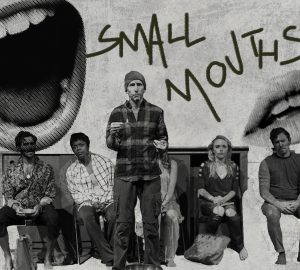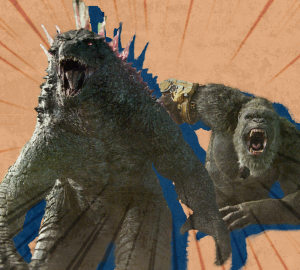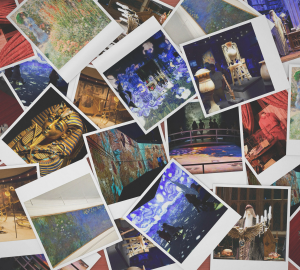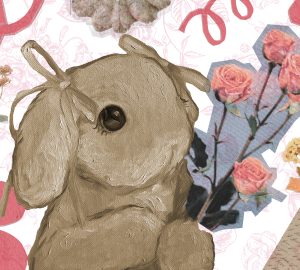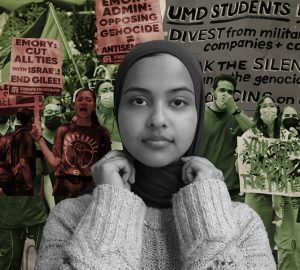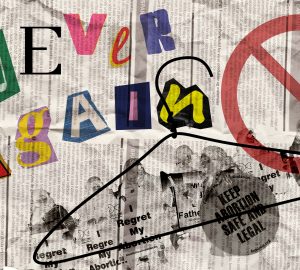Written by Helena Aidoo-Morrison
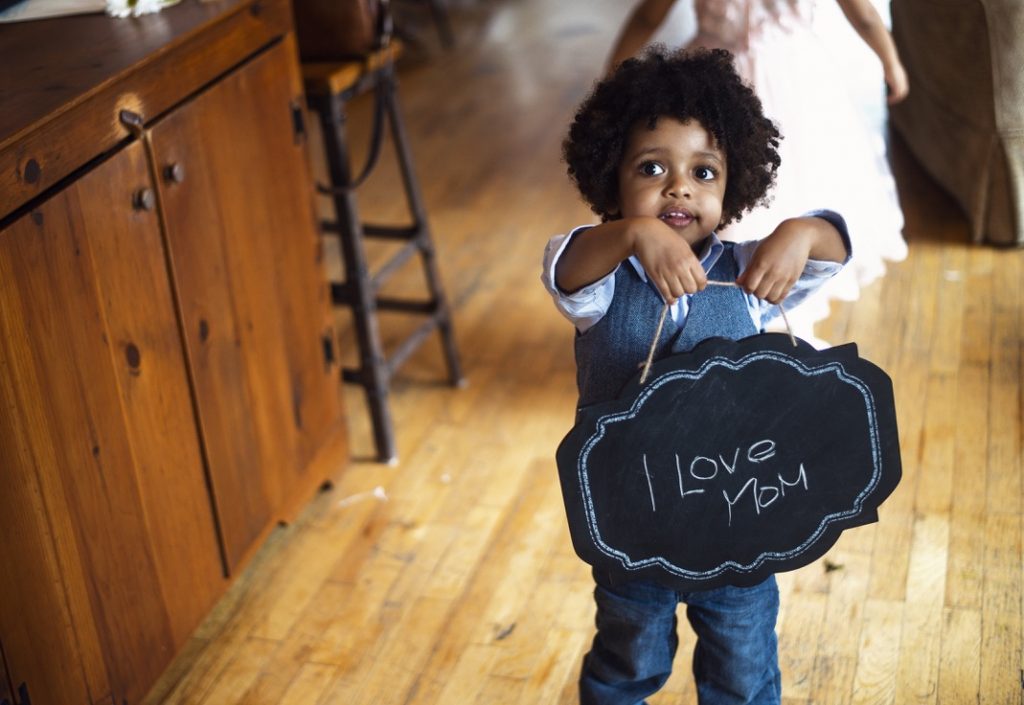
Two months into the pregnancy, Ama found out she was pregnant. From that day on, little did we know her life wouldn’t be the same again. Personally, it was bittersweet news because as much as I was extremely excited for her, I felt that my best friend was being taken away from me. Being of the same age and having talked about children and family growing up, we teared up at the thought of a “little Ama” inside her, it was simply precious. Registering with a hospital and hiring a personal midwife sounded almost too much but such is the norm in the United State, with 99% of all babies being born in hospitals; it is a big deal to make sure a midwife, and a physician especially, care for every step of the pregnancy. You’re treated as a patient rather than an expectant mother. Ama’s mood swings, the cravings, the excessive sleeping and fluctuating body temperature slowly eased up as she completed her first trimester — it was a living creature in there!
Childbirth is universal and although the way birth is done may vary from culture to culture, childbearing simply proves how bio-cultural humans are. I, personally, love children and I do want to have mine someday but since I’m not ready yet, childbirth and its dealings have not been a part of my immediate thoughts. I came to develop a fond love and interest in birth after Ama got pregnant. It was an indescribable experience and I’d always wanted to share my first-hand turn of events from day one. Coming from a Ghanaian background, we view the bearing of children to be extremely sacred. Motherhood is priceless. Jojo, her baby, is just about three weeks old now already — he’s a bouncing baby boy she’s been blessed with. Life after birth, she describes as thrilling though tiring at times.
Toward the last part of my amazing experience with my best friend’s childbearing journey, I had the opportunity of reading Brigitte Jordan’s ethnography on childbirth, “Birth in Four Cultures: A cross-cultural investigation of childbirth in Yucatan, Holland, Sweden and the United States”, and I found some of her findings to be fascinating especially because of my position on the topic at the time I read it. In my head, I compared the Mayan women of Yucatan, Mexico as discussed in Jordan’s ethnography with my personal findings and first-hand experience on childbirth that I gathered on the pregnancy of Ama, a beautiful, soon-to-be proud mother (at the time of my research). There were a number of differences in both cultures to say the least. Ama’s journey through her pregnancy is strikingly captivating due to her parent’s African background that somewhat influenced her prenatal care at some stages of her journey, especially compared to that of Yucatan women. I utilized the participant observation method throughout my personal research while taking notes at each possible moment of necessity. It was thrilling!
The birthing process, childbearing and family is a crucial aspect of our lives because it’s the fortitude of our upbringing and who we become. With Ama’s baby kicking to occasional doctor visits, I learned just enough about how the U.S. especially treat pregnancy and the childbearing process. My point is, childbirth is beautiful no matter what culture it happens in so let’s all arise and embrace our cultures and where we’re born.

